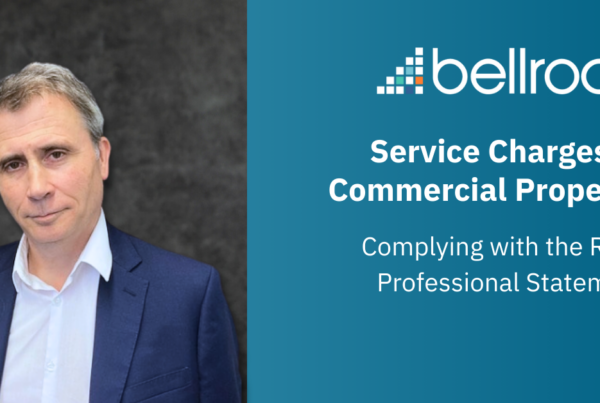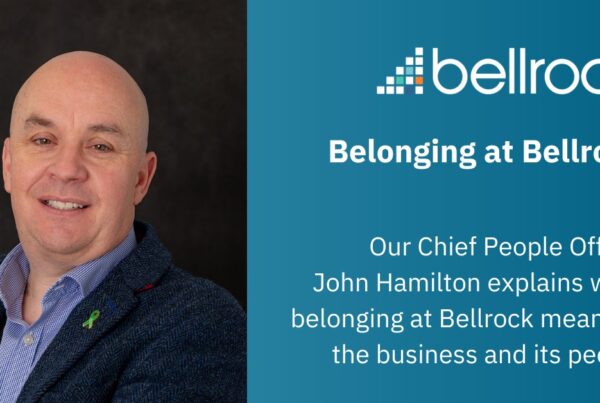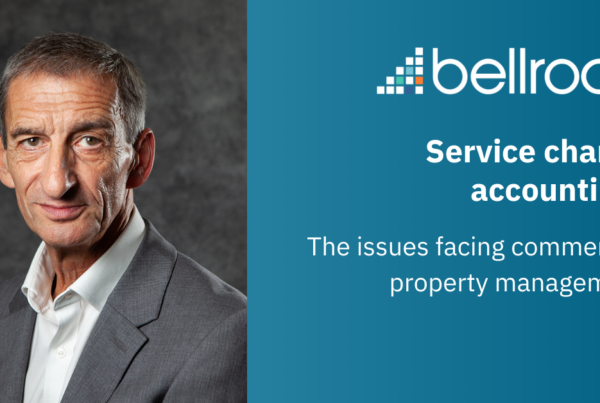Introduction
As businesses adjust to a post-COVID world and enter the Next Normal, the concept of risk management has been reimagined and repurposed to address a world of risk that could not have been anticipated before. At Bellrock our work has always centred around managing and reducing estate risk and never before has this been more important, more valued and more intrinsically linked to business survival and future success. To help inform the debate on the important role of risk management in defining the next normal we reflect on five aspects that will drive the business agenda in the coming months and years.
Risk Management Centre Stage
Estate risk management, and health and safety in particular, has found itself centre stage as business leaders look to risk management professionals for guidance on the extent, scale and pace of reopening and repurposing of facilities. Businesses have been forced to live up to their safety first straplines and mottos as safety and health genuinely becomes the primary consideration. As such, for many businesses estate risk management has become an important business enabler. Even in what previously would have been considered ultra-low risk environments, safe operating conditions have become a pre-requisite to business decisions that follow: how can we serve our customers? how can we distribute our products? how can we utilise our facilities?
The challenge for risk management professionals is to remain pragmatic and focussed in the advice and guidance they give business leaders. To ensure it is strategically aligned to the solutions businesses need to implement to adjust to the next normal; new ways of working, new products, new locations. In return the opportunity is for businesses not to see risk management as a means to an end, but to recognise the intrinsic value it has to the organisation’s reputation – to promote it as a point of difference this alongside its other USPs.
Discussion point: how does health and safety remain an essential function without overplaying its hand?
Focus on Risk Assessment
As the emphasis of the UK government’s pandemic response switched from centralised control to local responsibility, the role of risk assessment became critical in ensuring facilities were COVID secure. Risk assessment is a well-established process that all organisations will be familiar with. However, for many businesses working outside a healthcare environment, risk assessing viral transmission is a novel concept that will challenge their standard risk assessment processes. To overcome this, it is important that those assembling and reviewing risk assessments take a holistic approach to the risk, considering COVID risk alongside the traditional hazards associated with a particular task or environment. Focussing on achieving a safe outcome, incorporating all the relevant hazards will help ensure workers appreciation of all the risk involved, not just that related to COVID. This is crucial in avoiding a return-to-work safety incident spike.
For many work activities, social distancing transfers the responsibility from a supervised work place to one of individual responsibility. As such risk assessment control measures should not forget the additional knowledge and information workers may require to work safely. This means effective communication with workers, empowering them with the knowledge to work safely and placing greater importance on checking and monitoring of worker understanding particularly where there are language barriers. This shift of emphasis, however, is a key component in establishing a stronger safety culture, as individuals take responsibility for themselves and the people they work with. This stronger safety culture will then translate into a safer and healthier working environment.
Discussion point: when it comes to risk assessment, what does good look like?
Safety Perception vs Safety Efficacy
One of the key issues in the battle against COVID has been the tension between the health crisis and the resulting financial crisis; the need to protect the vulnerable in society versus the need to keep the economy going to benefit those more widely. As society has learned to respond to the crisis, this tension has translated into safety measures that make a material difference to controlling COVID and those that create a perception of safety to encourage people back into shops, offices and other public spaces.
The use of face masks or face coverings provides a good example. As a form of PPE they would traditionally rank bottom of a risk management hierarchy, a last resort relying on human behaviour. However, they are a very visual demonstration of compliant behaviour, despite the uncertainty and apparent lack of evidence as to their efficacy. In pure risk management terms, measures more proven to eliminate or reduce risk would ordinarily take prominence. In COVID terms this would involve no compromise to reducing 2m social distancing, however back in the real world where public transport needs to function, shops needs to open, and children need to return to school, such a compromise is necessary.
Discussion point: does safety perception rewrite the risk hierarchy?
Safety Visibility
Perception of safety is driven by visibility, such that customers and workers need to see measures are in place to appreciate the value of them being there. This is where efficacy and perception merge, as the value of the control measures themselves is enhanced by the method of delivery. Take the example of cleaning regimes. Many cleaning processes have been refined to be effective against enveloped viruses of the kind that cause COVID, with revised dosing, contact times, and frequencies. For many organisations, however, the perception of higher levels of cleaning, incorporating these adapted processes, is as important as they seek to build confidence in customers and building users. Measures as simple as increased signage through to complex temperature monitoring CCTV systems combine to provide reassurance.
Discussion point: do workers become to blind to visible safety measures?
Embedding new ways of working
As lockdown rules were imposed organisations scrambled to move workers out of offices, rapidly installing ICT systems that could replicate all the functionality they had access to in the office. Seen as an interim measure at the time, many of these arrangements have become more permanent as office return has been prolonged. With any unplanned initiative come unforeseen consequences. From a safety perspective many workers are now working in an uncontrolled, potentially unsafe environment where issues such as poor posture, poor lighting and poor work-life balance become a significant health concern. These issues typically have a long latency such that when symptoms appear it is too late. Organisations therefore need to take homeworking seriously, invest in systems and processes to ensure the working environment is as safe as it is in the office.
At the same time organisations will be considering the future of the office. How they anticipate, plan and accommodate their future needs, adjusting dynamically to meet demand as it fluctuates, settles and the fluctuates again. The move to agile workspaces, where workers do not have a dedicated workstation, provides more efficient use of space and, over time, the opportunity to release cost from an expensive asset. Yet moving workers back into a potentially sterile impersonal office environment comes at a time when they have got used to the exact opposite. This does not mean everyone needs their own desk, but as the failed Chiat/Day virtual office experiment of the 1990s showed ‘everyone needs somewhere to put a picture of their dog’.
Discussion point: how can agile work spaces be made an attractive home-from-home?
In summary, the Next Normal will feel both strangely familiar and wildly different. As society settles into its battle rhythm where social distancing, hand sanitising and face coverings become second nature, so the workplace will move chameleon-like into its new form. Many newly adopted processes and ways of working will become ingrained, as perception of risk retains a more elevated place in day-to-day consideration – whether at a transactional level, like buying a cup of coffee, or at a strategic level through the reimagining and repurposing of space. In risk management terms, the Next Normal is already here.







